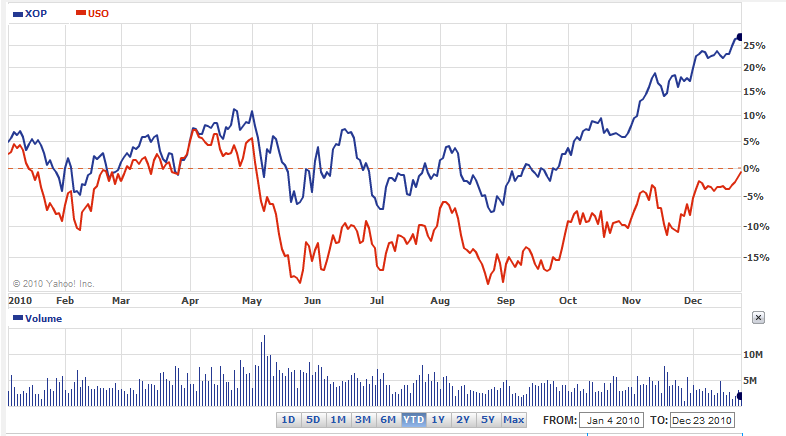ETFs v Funds Which Are Better
Post on: 4 Май, 2015 No Comment

Index Funds
An index fund is a passively managed mutual fund that tries to mirror the performance of a specific index, such as the S&P 500 or the Dow Jones Industrial Average. Since index funds attempt to mirror a stock index, decisions about which stocks to buy and sell are automatic for the fund and transactions are infrequent. This means that index funds do not require the management of a professional money manager, and so they are said to be passively managed (while any fund that requires a manager to select stocks is said to be actively managed).
Index funds have become increasingly popular with investors over the past few decades for a variety of reasons. First, the funds have much lower operating expenses than actively managed funds. This is because passive funds do not require the services of a professional money manager to select stocks for the funds portfolio; instead, they simply buy and sell according to the holdings of a particular index. And, since most indexes do not often change their holdings, index funds benefit from lower transaction costs and fewer capital gains taxes in addition to the lower management costs.
Many investors also like index funds because they do not have to worry about beating the market since they can choose to invest in an index that mirrors the market (either the market as a whole or some specific part of it). But although youll never significantly underperform the market with an index fund, youll also never have the opportunity to significantly outperform it. Even so, as more and more studies have shown that most mutual fund managers are unable to beat the market consistently, more and more investors have been starting to take advantage of index funds. For individuals who dont have the time or interest to select and monitor a portfolio of actively managed mutual funds, we recommend seriously considering index funds.
Exchange-Traded Funds
Exchange-traded funds (ETFs) are similar to index funds, but with one important distinction: they trade on stock exchanges. When you buy a share in an ETF, you are buying a share in a unit investment trust or another type of trust. In order to create an ETF, the trust bundles together many different securities into one basket and then sells shares in the trust on a stock exchange. ETFs always bundle together the securities that are in an index; they never track actively managed mutual fund portfolios (because most actively managed funds only disclose their holdings a few times a year, so the ETF would not know when to adjust its holdings most of the time). Investors can do anything with an ETF that they can do with a normal stock, such as short selling .
The first ETF created was the Standard and Poors Deposit Receipt (SPDR, pronounced spider) in 1993. SPDRs gave investors an easy way to track the S&P 500 without buying an index fund, and they soon become quite popular. Shortly thereafter, a number of other ETFs came onto the market, including cubes (which track the Nasdaq 100 under the symbol QQQ) and diamonds (which track the Dow under the symbol DIA). Today you can buy ETFs for dozens of different indexes.














